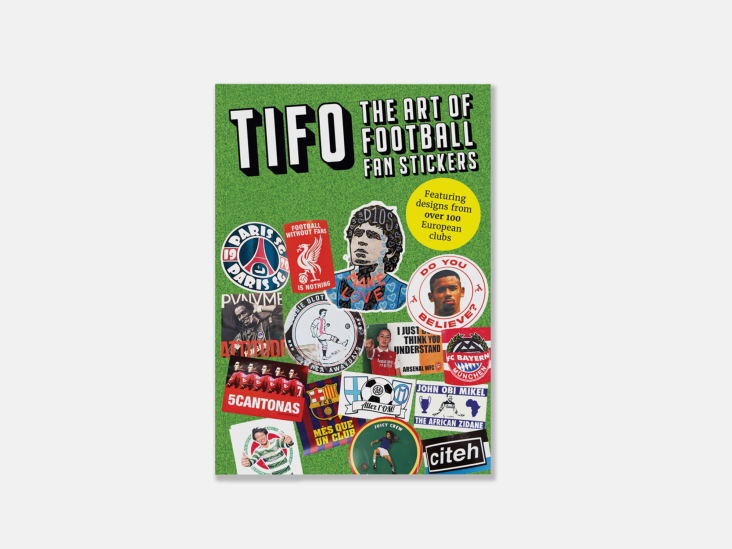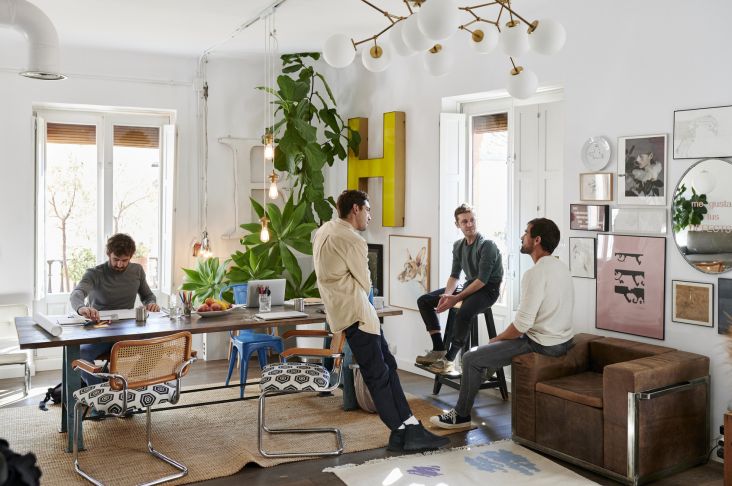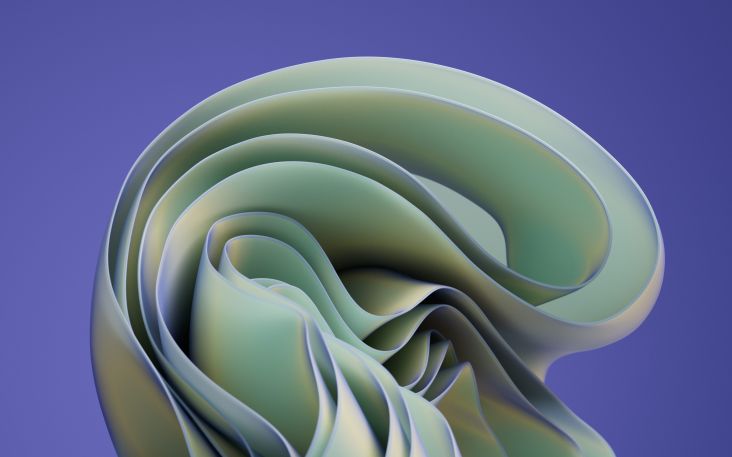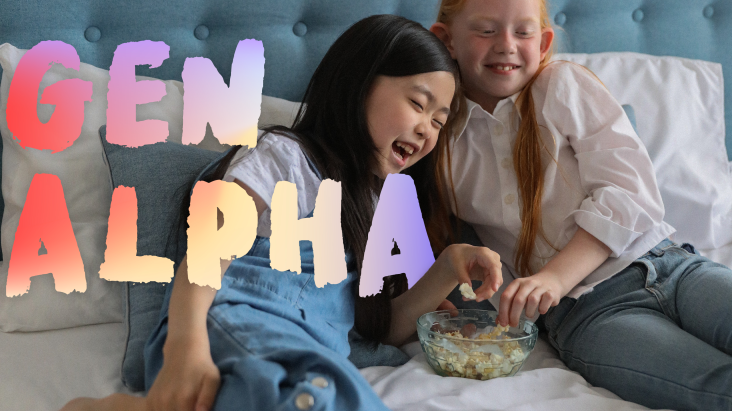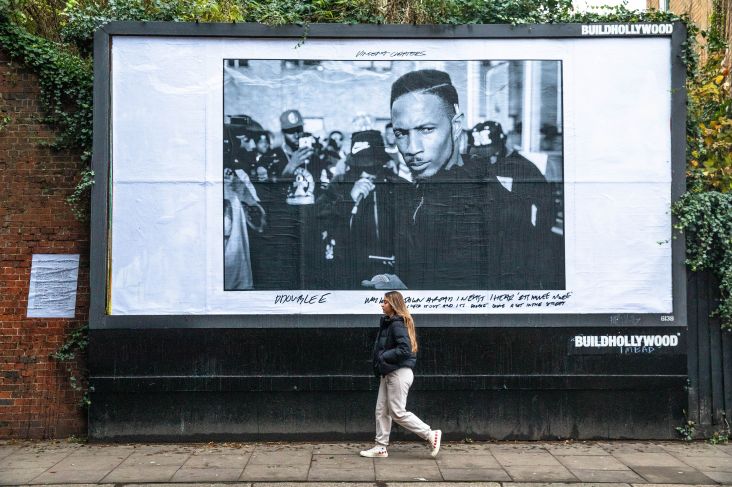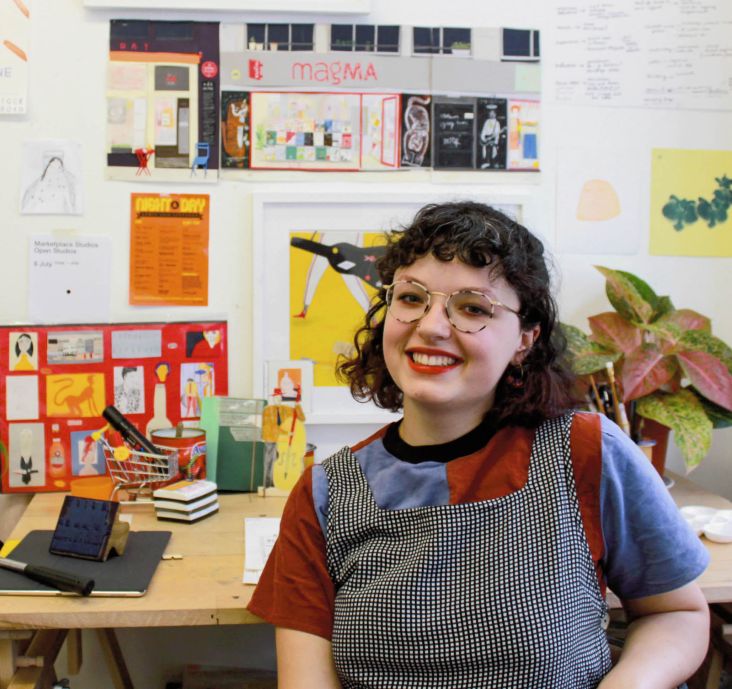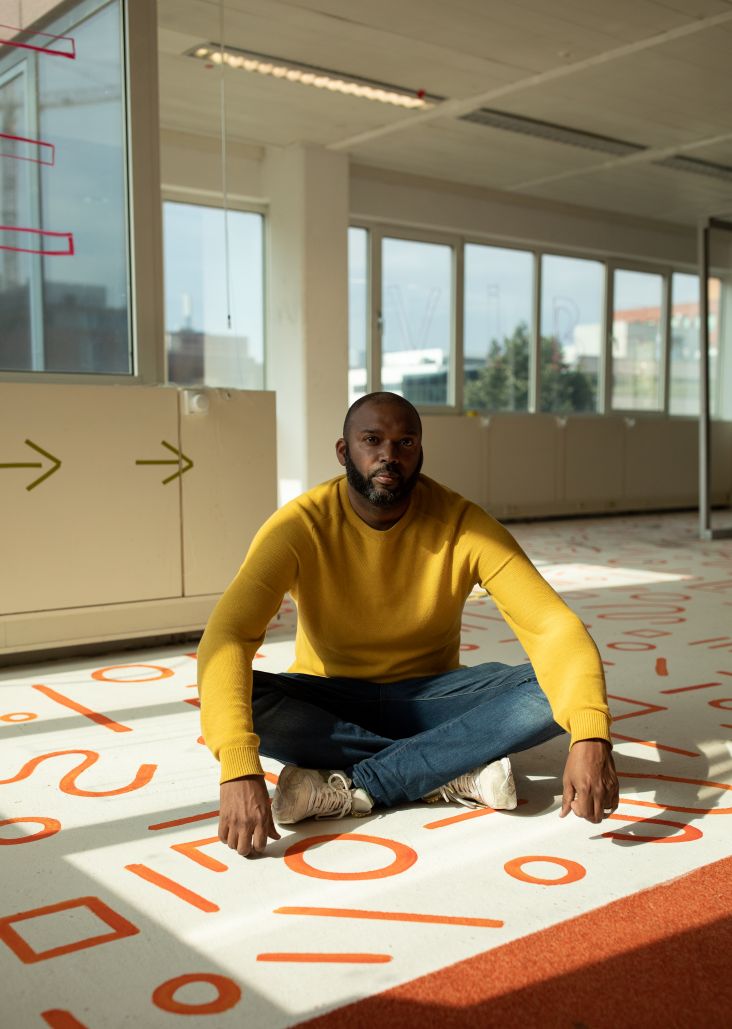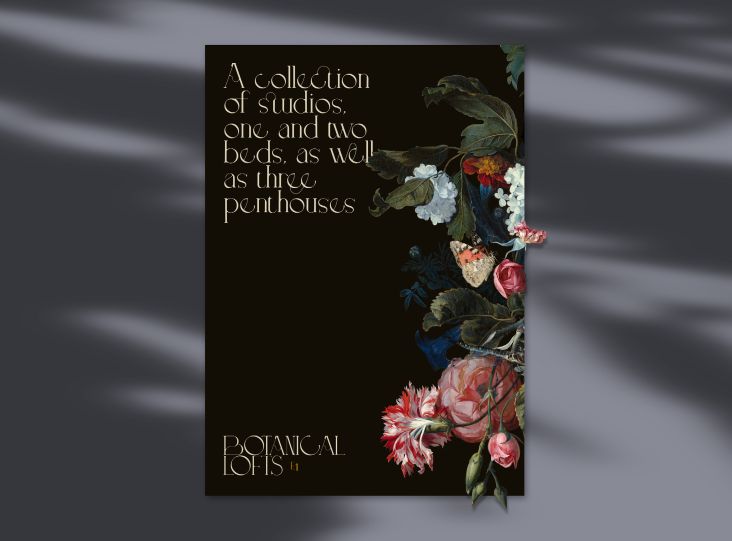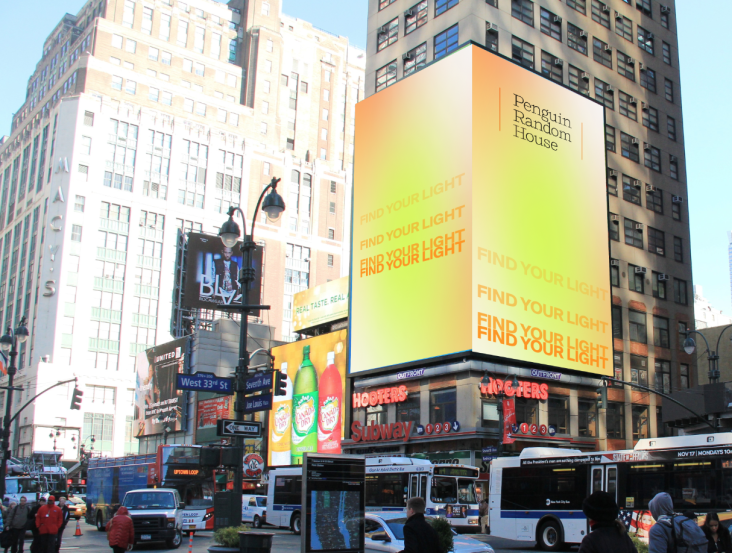What’s catching the eye of Gen Z? Here we look at the visual trends their habits are shaping
As creatives, we need to understand our audience. But as we grow older, it can be trickier to get inside the heads of younger generations. To help us out, the popular photo and video editing app Picsart has shared some useful and insightful research that's a real must-read.
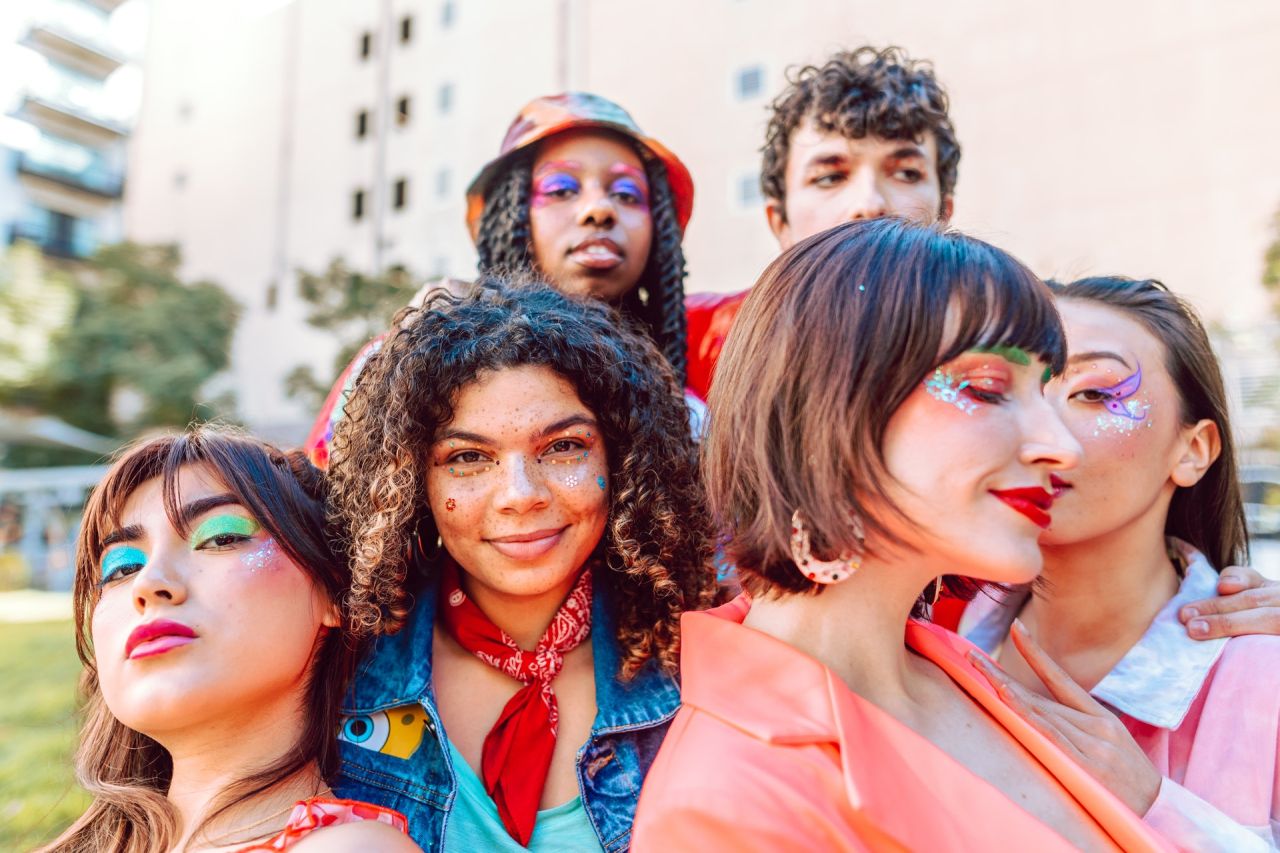
Photo by RODNAE Productions from Pexels
Released to celebrate Picsart's 10th anniversary, this visual trends report has the skinny on the colours, styles and trends that Gen Z is responding to right now. And it might surprise you.
We're talking a dive back in time and being influenced by former generations from the 1970s to the rave-scene '90s, the rise and rise of digital tech, and the louder calls for a better world. Read on as we pull out the highlights that every creative needs to know about.
1. Modern Nostalgia
Nostalgia, somewhat ironically, ain't what it used to be. Once, it was as regular as clockwork: the decade before last was the one everyone referred to. Hence the 1970s was dominated by nostalgia for the Fifties; in the 1980s, everything harkened back to the Swinging Sixties, and so it continued.
However, today's always-on, everything-at-reach digital culture has propelled nostalgia into overdrive. Nowadays, we're more likely to see creatives pulling several strands of the past together into one image, and these synergies work brilliantly to capture the short attention spans of Generation Z.
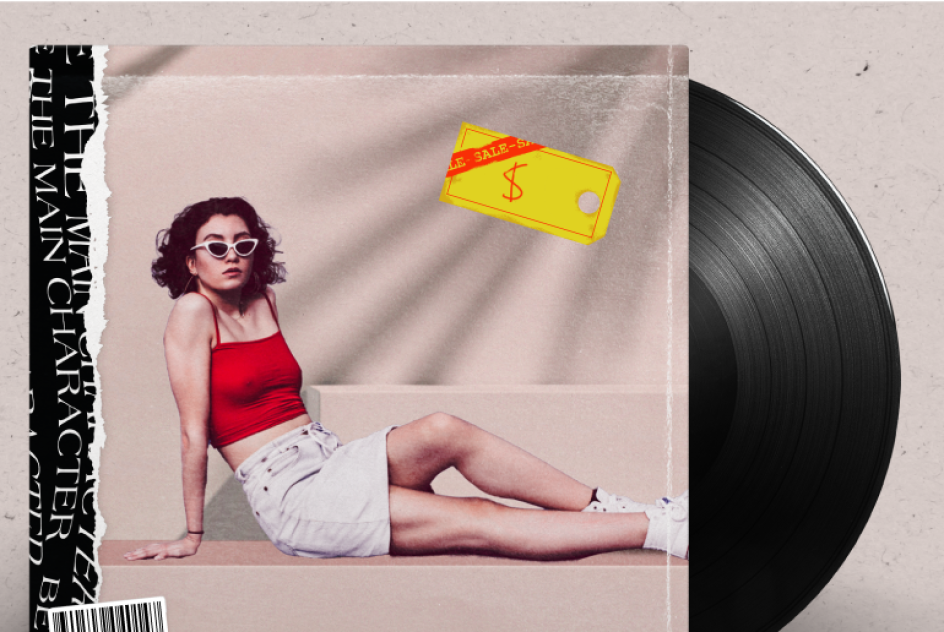
"In the past, we've seen trends that harken back to a specific era, pulling in elements of trendy '80s or '90s graphic design styles," the report explains. "We saw it this year, particularly with the use of old user interfaces like Windows 95 or nostalgic Polaroid-Esque filters. Now we're seeing a mashup of it all."
"This rings true especially in music with new tracks from artists like The Weeknd, John Mayer, and Dua Lipa," it continues. "It's as if they're all giving us a new audio clip that never existed before, but somehow we feel nostalgic about it. It sounds familiar to us, and we love that familiarity."
In 2022, Picsart expects to see this modern nostalgia take hold in the visual world, too. "We're already starting to see it with album covers like Dua Lipa's album 'Future Nostalgia: Moonlight Edition' and The Weeknd's single 'Take my Breath'," they say.
2. The Metaverse
For better or for worse, digital technology is changing at a lightning pace right now. In the last two decades, we've seen Web 2.0, the smartphone revolution, and the explosion of social media. Each has transformed society at a fundamental level, and the next digital insurgency is on its way as we speak.
While the Metaverse hasn't arrived quite yet, the world's tech giants are determined to make it happen, and the headwinds behind it are already making a big impact on youth culture.
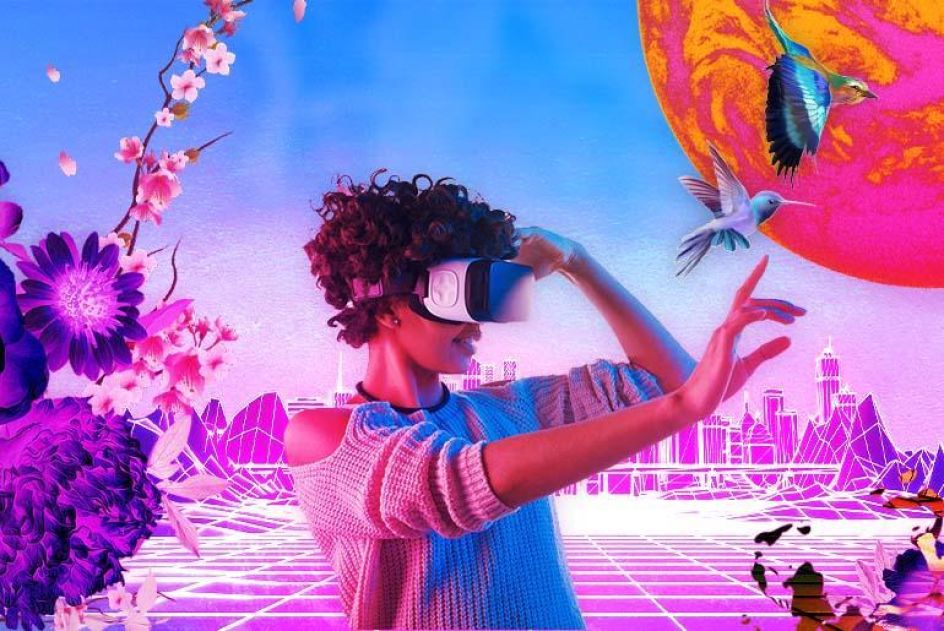
"The concept everyone is talking about right now, the Metaverse is basically a 3D virtual world filled with avatars of real people," the Picsart report explains. "Although the term was coined in 1992 in the novel Snow Crash, recent evolutions in technologies like NFTs, smart glasses, and even 3D Model influencers have spurred renewed talk of the metaverse."
Indeed, the very way we view ourselves as humans is changing in today's modern world. "We've seen a gradual shift from presenting online as yourself to a new reality where people can present as an avatar. A common everyday example of this is with the use of Memojis, where people can 'become' sharks, cows, or cartoon versions of themselves in a virtual world."
Specifically, Picsart has seen searches around virtual world game Toca World increase 1,614% and social avatar app 'imvu' increase 641%. "We predict this will continue to rise in popularity as more creators embrace the Metaverse," the report states.
3. Time for Teal
Colour, in general, is key to connecting with Gen Z, with the younger generation responding strongly to hues that are bright, vibrant and in-your-face. But Picsart has identified a particular colour trend you may not have noticed yet.
"In recent months, we've seen searches relating to teal and blue increase 101% with no signs of slowing," it says in its report. "And this makes sense! Teal creates a nice contrast from the brightness we saw in 2021, which included visual trends like the sunset lamp or projector edit. Teal also evokes an association with the digital world, like The Matrix or a system error interface."
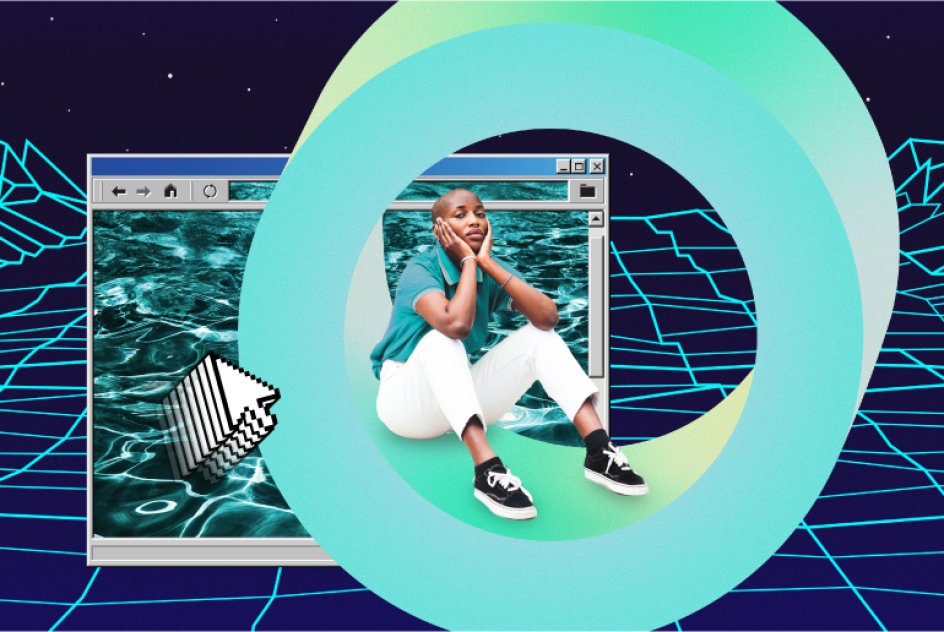
"Teal is calming to the eye but still carries with it some of the characteristics of the popular bright and fun shades of 2021," the report continues. "So when looking at 2022 design trends, we'll definitely see more brands and creators gravitate toward teal and teal adjacent colours."
4. Inclusivity
For years, society paid lip service to diversity. But the same power structures held fast, and minorities and underrepresented groups still found it hard to get on the ladder. Now, finally, that's changing, and the younger generations are definitely at the vanguard of this social revolution.
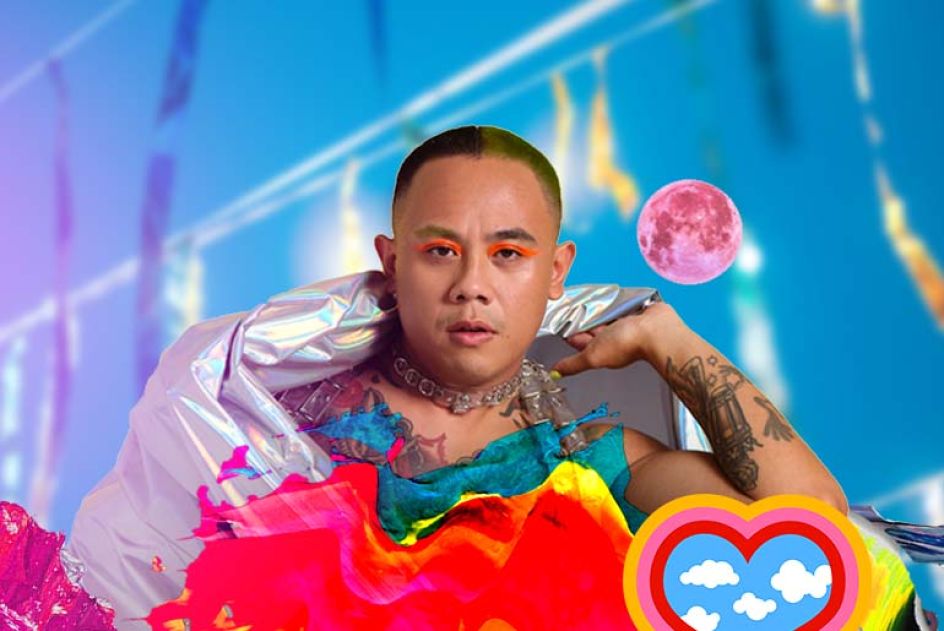
"Gen Z and Millennials care deeply about representation and inclusivity in media," notes the Picsart report. "This demand isn't going anywhere. In fact, we've seen searches around gender inclusivity increase 237%, with terms like "trans flag' and 'gender fluid' being among the highest. As gender fluidity becomes more widely discussed, we predict that representation will only become more important in creative work."
5. Organic Digital
Gen Z is growing up in a world where almost all media is now digital. But despite (or perhaps because of) this, there's a yearning for the analogue, the physical, the real.
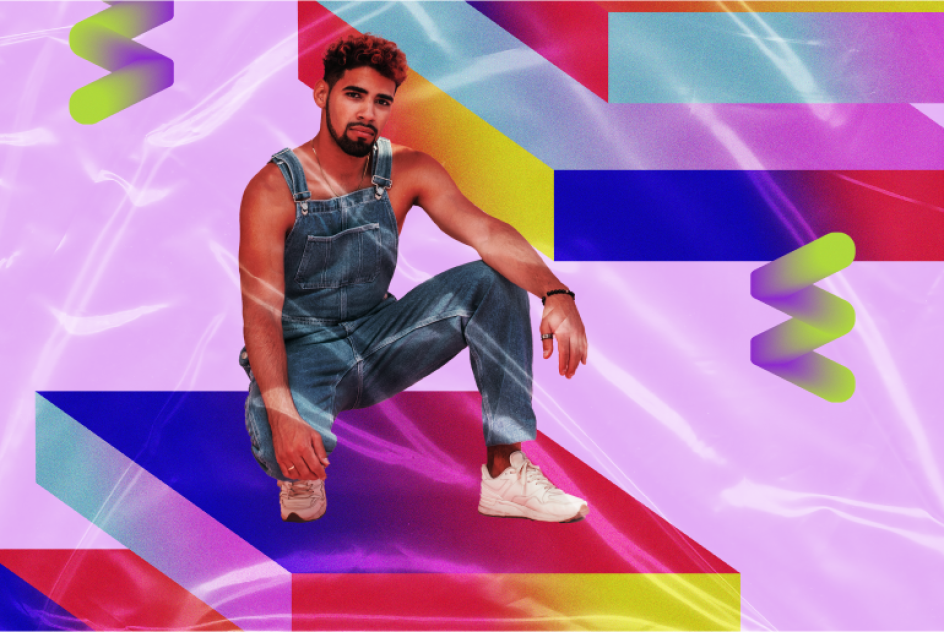
"Think of the organic feel of print material, old paper, or vintage film," says the report. "Organic Digital is the concept of emulating those things with digital tools. We see this often in Picsart with edits like ripped paper, film grain, bokeh, brush strokes, and the 'plastic wrap effect', which looks as if something is wrapped in bubble wrap, plastic, or laminated."
The phrase 'Torn Paper' saw a 909% increase in search in 2021, the report notes, with many creators implementing this ripped paper aesthetic in various creative ways. "We also saw usage of 'handwritten fonts' increase by 270%," they add. "All of this indicates creatives want the feeling of real and tangible and are emulating it through digital mediums."
6. Gothic Fonts
Typography is another great way that designers can connect with Gen Z. This younger generation has no hangups about material that gets playful with type. Indeed, it's often the case that the bigger and bolder, the better. In its report, Picsart makes a specific prediction of where font trends are heading in 2022.
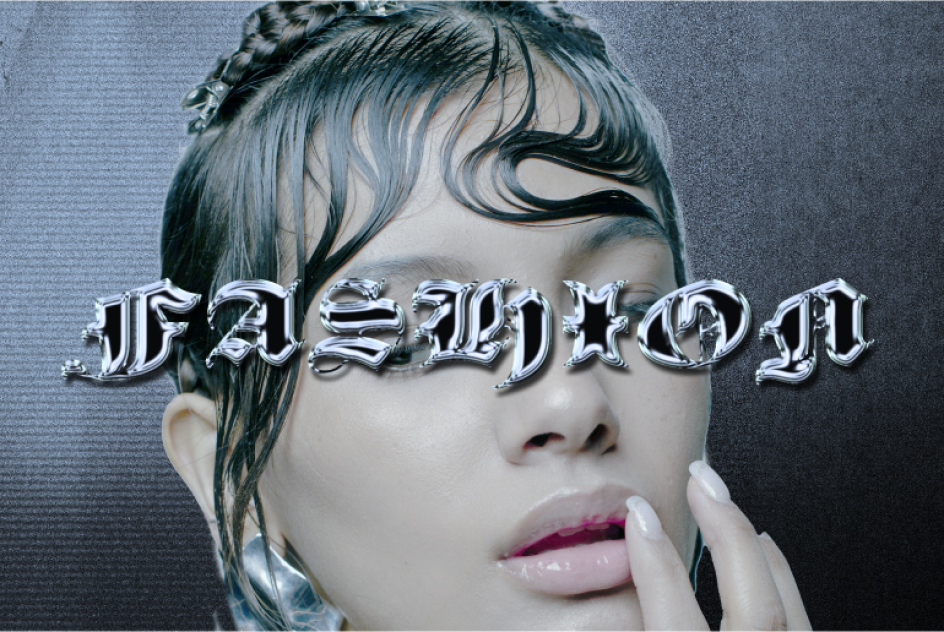
"We can't talk about visual trends without talking about the lettering and typefaces we'll likely see more of in 2022," says the report. "Sans serif and serif fonts tend to rotate in popularity, but we predict that next year it will be all about the serif fonts, particularly Gothic fonts."
Also called Blackletter, Gothic fonts are known for their very ornate details. "These decorative fonts stem from old German manuscripts from the Middle Ages but are rising in popularity once again. Usage of Gothic fonts in Picsart has increased 270%, and we expect to see even more edits with this style into the new year."










